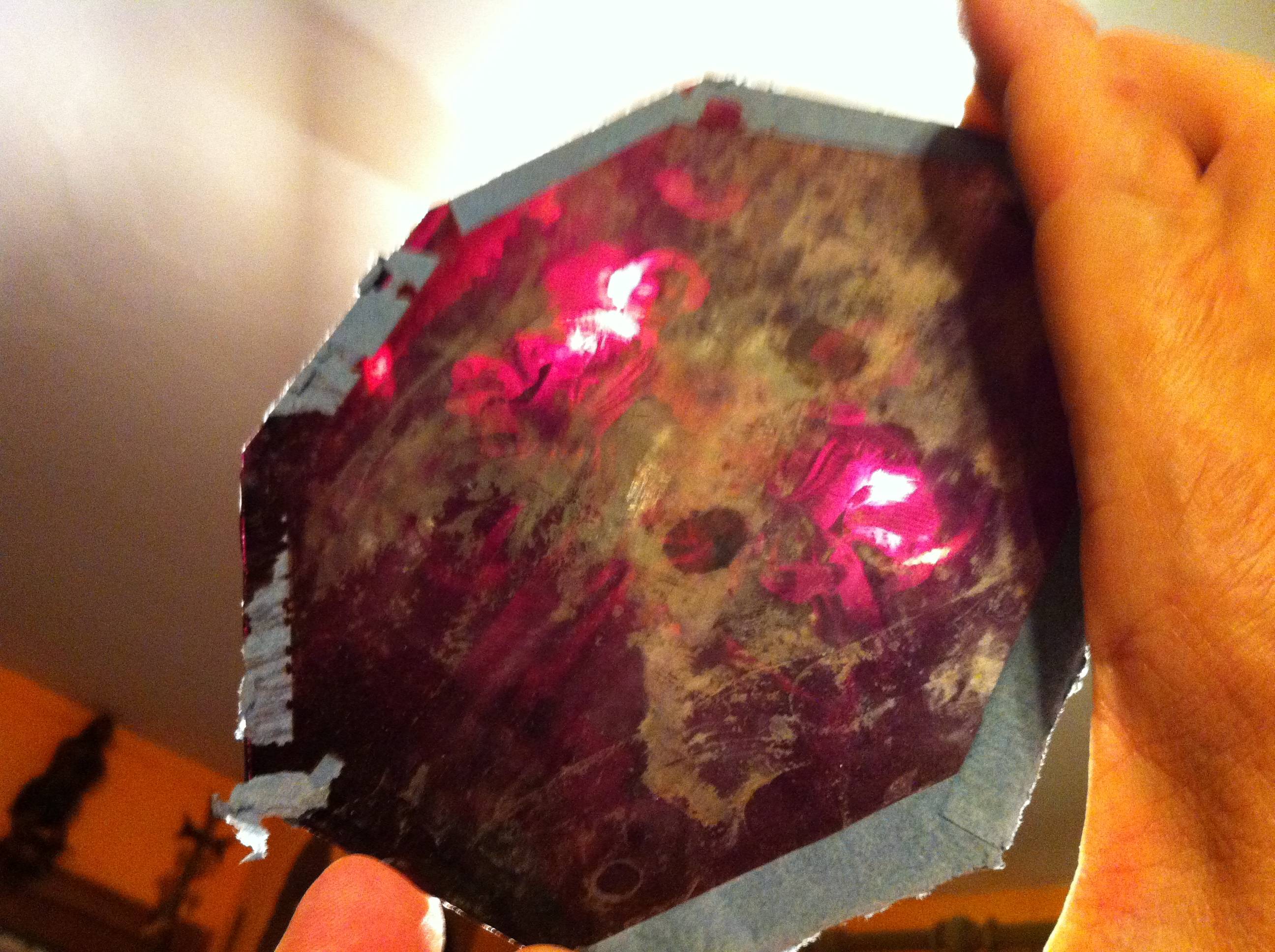I have an old glass positive photo from about 1850. Does anyone know what process was used? Heliotipy? Puharotipy?

I'm think that the author of the image is Puhar
I have an appointment with the Jozef Stefan Institute in Ljubljana, to analyze the material on the photo.
I look forward to your comments
Regards from Maribor/ Slovenia
Bojan

